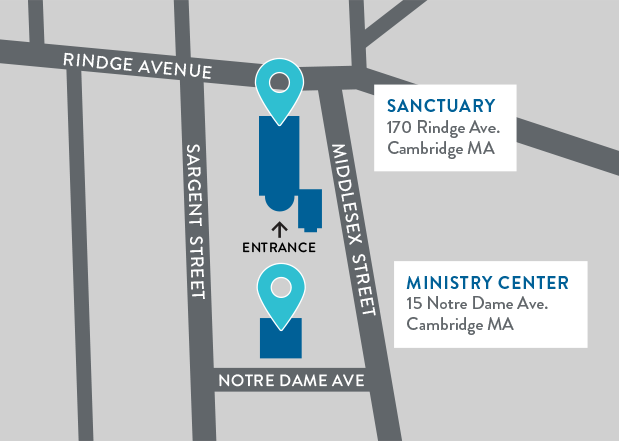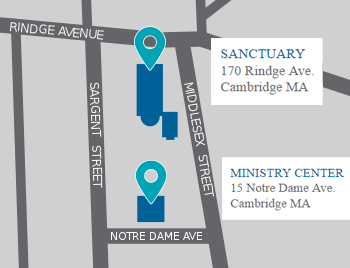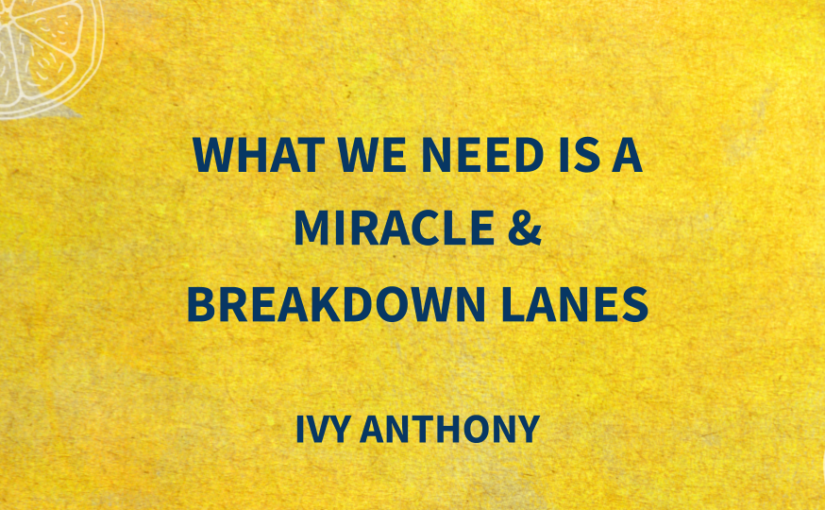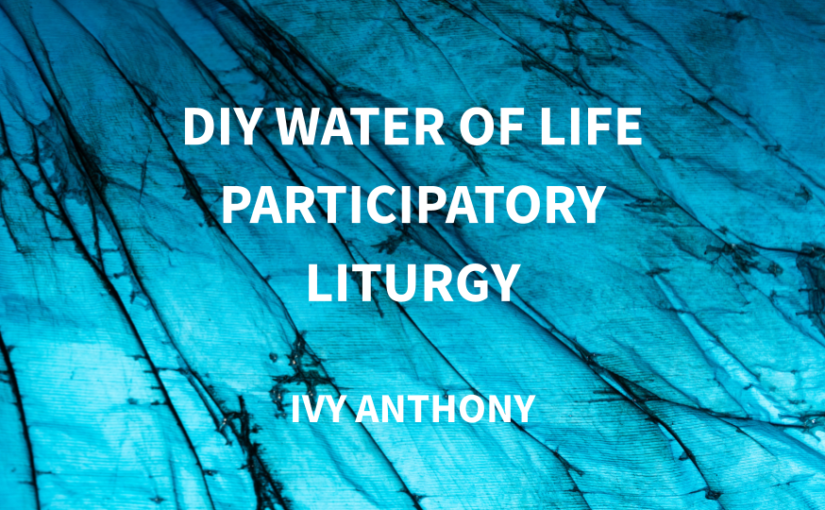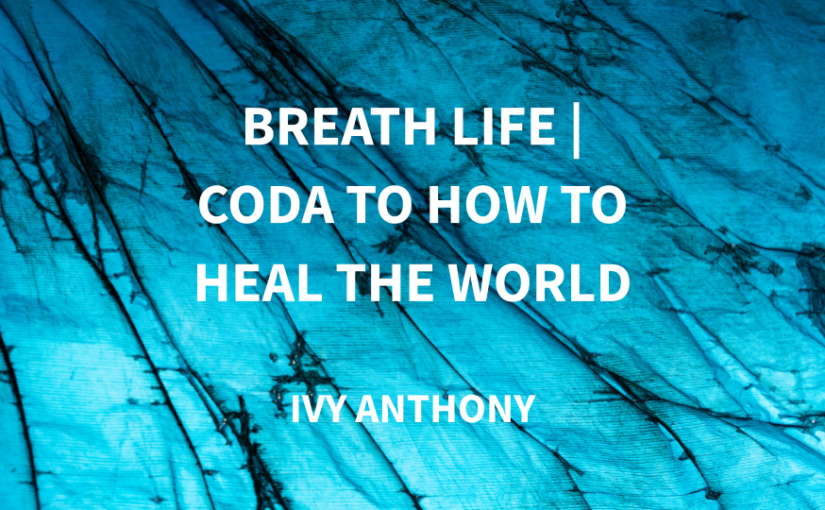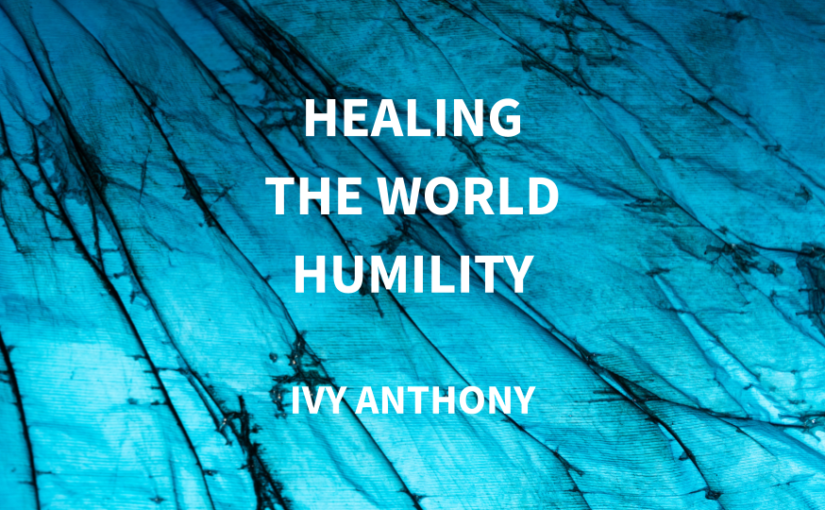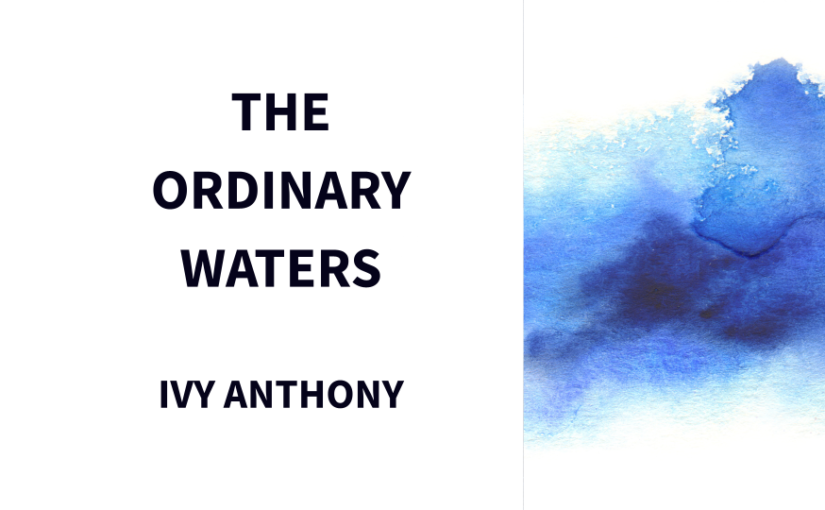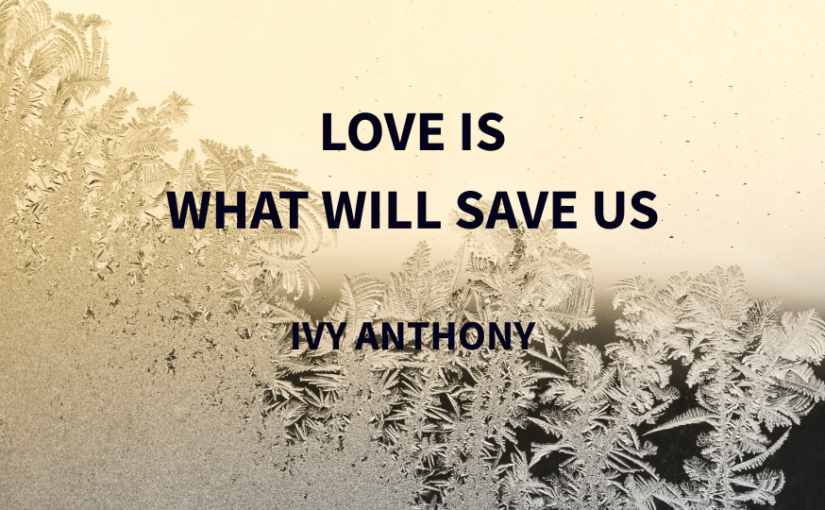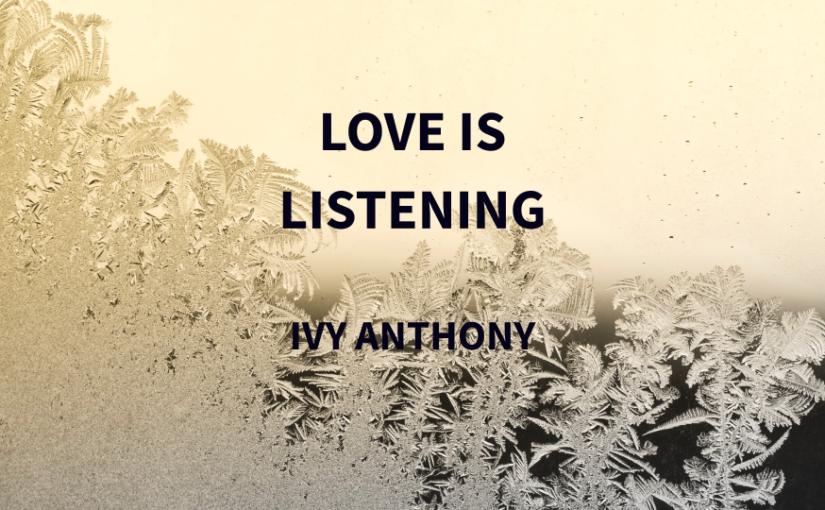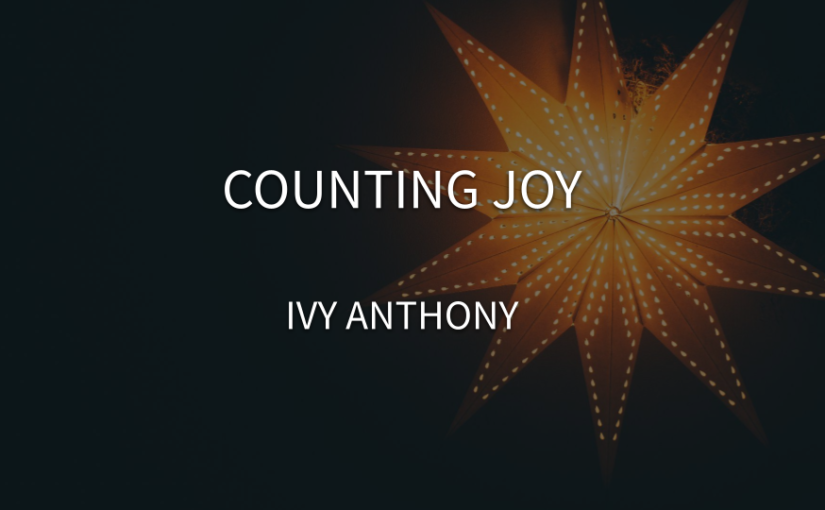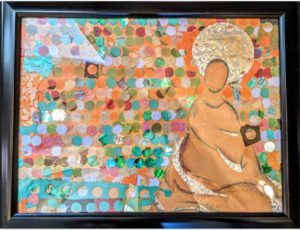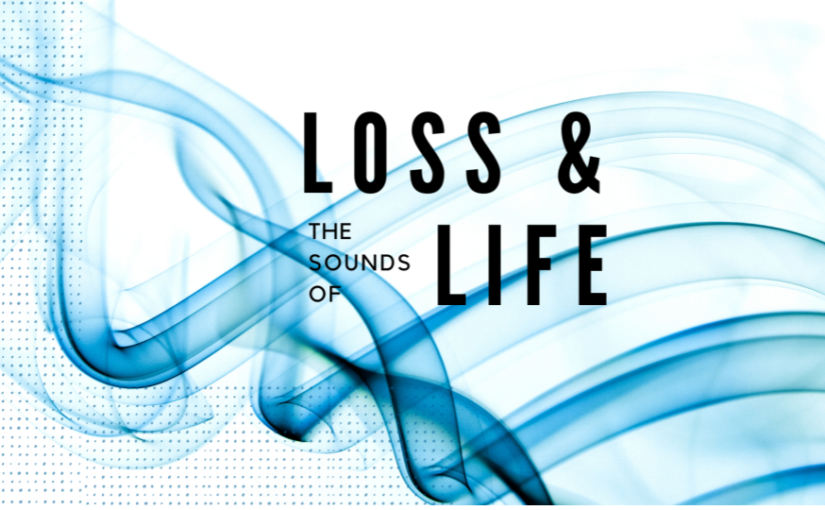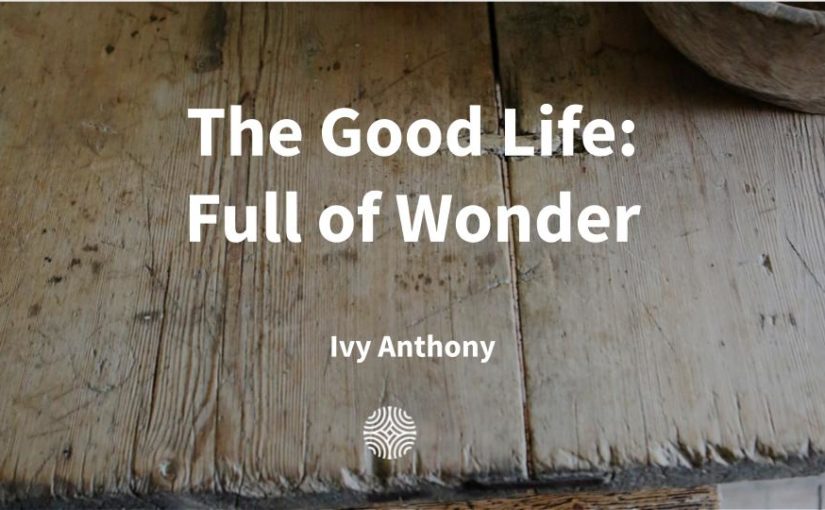Last Sunday evening I was out to dinner with a group of folks after the Lindsey Sampson concert (which was amazing by the way), and someone asked, what are you talking about next Sunday? And hadn’t thought of what I’d talk about – but off the cuff I said,
“I’m going to talk about ‘miracles and revival’.”
And I surprised myself and laughed – and then many people also laughed….likely at me… but I thought, actually that’s exactly what I want to talk about this morning – miracles.
So often I hear, and maybe you do too,
“you know what we need in this day and age – we need a miracle,”
which in part I hear as a dismissive comment – to say things are so bad, too divisive, beyond repair…that all that could possibly work is a miracle. And it rings true. We’ve been through a lot in the last couple of years – and we can feel totally encased by a sense of hopelessness and despair – by the bombardment of all things inconceivable.
And we can wonder in that space,
“Can we really change for the better?”
“Can we grow? Can we keep becoming? Is there any fruit ahead?”
“What will it take to detach from some of the ways we’ve done things, thought of people, built systems – for years, decades, centuries – and see that they don’t work anymore, that the season is over.”
AND STILL ENCOUNTER JESUS whatever the season is.
But that comment “we need a miracle” As much as it can sound dismissive – also points to a longing that we have too – for something different – a change – something transformational – new.
We long for our hearts to be revived, to say unabashedly “YES!” I believe that this world can be reshaped, reguided, created anew…in partnership with Jesus. I think we long to say,
“ I really do believe in miracles.”
And so today as I talk about miracles – it will be less centered on the miracles of instantaneous change or immediate healing…but the type of miracle it takes to step back at points. And pay attention to the questions that might be stirring in you and gauge whether or not the method, the plan, the spiritual practice, the whatever it is – is working. And asking how you can partner with God (not just be a spectator) – but how we can be agents of miracles – of such change, goodness, and life in this world.
So today I’ll get to two ways this summer you can be attentive to your own miracle -making. . . . through a
1) standard of faithfulness – and a
2) community of practice.
Prayer
God of miracles – the one who loves us just as we are. The one who tenderly wakes us up each day to the potential and the realness of what might lay ahead. And the one who gently nudges us to to believe for “More” …more of you, more of us, more miracles in our day. Thank you for your presence with us, within us, between us – today.
STORY
One Mother’s Day before Covid times I organized a special day with my mom. We had agreed to meet half-way and meet each other in Portland, ME. I’d go up after church services and meet her for an afternoon where she’d get a pedicure (like a once every 10 year event for her) and a nice early evening dinner together.
I was really looking forward to it – mostly because it had been a really long time since I had honored her in any significant way. And we had arranged that Scott would take our kids to see his mom in NH. So I really had this abundance of time, and the potential for all of my attention to devote to my mom.
I left right after church and got about 40 minutes outside of Boston when Scott called and told me that his car had broken down and I’d need to come help.
And I was crushed. But also thought – I can totally still do this. I can still make it to Maine, even if I’m a little late – we can still have a great time together.
And I plugged into my navigation the address to where Scott was – and started on my way. The navigation pretty quickly led me off the route I was on at the upcoming exit… and had me travel a couple miles of back road, and then get back on the highway.
Initially I was minimally paying attention.
But after a few minutes I had this sensation that I was kind of going in circles.
And as I decided to ACTUALLY pay attention – I realized INDEED I was. Just getting off the highway and then back on .. in the same direction…over and over.
My GPS was glitching.
AND yet I KEPT “FOLLOWING IT!” for the next few loops – even though I knew I wasn’t going anywhere. I kept thinking, well maybe this GPS will kick into gear – and direct me the right way. (I mean historically it had been pretty good at this!) It’s what it’s supposed to do – it’s supposed to be effective at getting me to where I need to go.
And I thought I didn’t know how to go where I needed to go.
So I literally stayed with the thing that wasn’t working.
MIRACLE
Now I’m sure we all have our different thoughts, experiences and associations with miracles. Scripture is a beautiful tapestry of miracles – ranging from parting the Red Sea, to the walls of Jericho falling down, to changing water into wine, to feeding the 5000, Jesus walking on water, healing the blind man and so many more.
- Beautiful , inspiring, acts that are not only intended to be instantaneous external displays that change circumstances or physical ailments.
- But ones that convey a message of greater freedom and connection to JESUS. And disrupt patterns that hinder this… And they show us what to do and how to hope, in the midst of times where our worlds seem to be falling apart.
So let’s read one of the stories in the gospel of Mark together that I think showcases a miracle – and see what we can glean:
Mark 11:12-22 Common English Bible
12 The next day, after leaving Bethany, Jesus was hungry.
13 From far away, he noticed a fig tree in leaf, so he went to see if he could find anything on it. When he came to it, he found nothing except leaves, since it wasn’t the season for figs.
14 So he said to it, “No one will ever again eat your fruit!” His disciples heard this.
15 They came into Jerusalem. After entering the temple, he threw out those who were selling and buying there. He pushed over the tables used for currency exchange and the chairs of those who sold doves.
16 He didn’t allow anyone to carry anything through the temple.
17 He taught them, “Hasn’t it been written, My house will be called a house of prayer for all nations? But you’ve turned it into a hideout for crooks.”
18 The chief priests and legal experts heard this and tried to find a way to destroy him. They regarded him as dangerous because the whole crowd was enthralled at his teaching.
19 When it was evening, Jesus and his disciples went outside the city.
20 Early in the morning, as Jesus and his disciples were walking along, they saw the fig tree withered from the root up.
21 Peter remembered and said to Jesus, “Rabbi, look how the fig tree you cursed has dried up.”
22 Jesus responded to them, “Have faith in God!
Now you are probably thinking… “Hmmm… I don’t really remember that as one of the top “miracle” stories in scripture…”
And I would say (as my teenagers do), “facts.”
In fact, this scripture is often regarded as a symbol of judgment.
- Many scholars would concur that Jesus is teaching and warning the disciples that God will judge those who give an outer appearance of fruitfulness but in fact are not fruitful at all. The only thing they are ripe for, is judgment.
- Still other scholars take the fig tree to a larger scale and suggest the fig tree is representative of a faithless Israel. Israel professed to be faithful to God and fruitful as a nation, but in fact it was faithless and fruitless. And Israel was thus ripe for judgment.
- And still other scholars see significance in Jesus’ cleansing of the temple …again highlighting that at a distance the Jewish temple and its sacrificial activities looked fine. But on closer inspection it was found to be mere religion without substance, full of hypocrisy, bearing no spiritual fruit, ripe for judgment.
And yet as all scripture can – it holds many layers, and we can have a variety of interpretations that do not cancel each other out – and certainly don’t compromise Jesus – but perhaps ignite our curiosity and enliven our connection to Jesus as we consider other interpretations.
So I see this story as a miraculous one – and one that I think offers us a way forward in our current contexts today…. And perhaps is a little less the “judgment vein.”
As we read through this scripture Jesus LEADS by example.
He’s teaching the disciples something about themselves…. and all of us – perhaps!
The story starts by saying
“Jesus was hungry.”
We all are hungry at some point, for something.
Hungry for what? It seems like Jesus is saying to the disciples –
“Well, of course figs!”
It makes sense – figs abound in this region – the disciples would know it as a delicious source of nourishment.
So Jesus does the obvious thing – He GOES to the fig tree and checks it for figs.
But this move is curious- because of the info that follows, “But he didn’t find any fruit – because it wasn’t the season for figs”.
??
? Why then would he go at all toward the tree? If he knew there would be nothing found to satiate his hunger?
I think he does this to say,
“I get it – this is your own natural tendency too – and it’s a strong tug – when looking for nourishment/what you need – you will be inclined to go toward something that you know – that has given you nourishment and worked in the past.”
EVEN if it’s OUT OF SEASON. Even if it’s as obvious as staring at a barren fig tree.
We like patterns, predictability, even if we end up only going in circles 95 north…. To nowhere.
I think this is why Jesus says to the tree,
“May NO ONE ever eat fruit from you again”
…..and why we see the important piece that
“The DISCIPLES hear him say it”.
It seems like Jesus is serious about our freedom, freedom from things that no longer bring fruit to our lives – and freedom unto abundant life with him.
STORY
I finally pulled over – that Mother’s day. And sat in the breakdown lane. Wondering what the heck had just happened! And rather than questioning the functionality of the GPS – or looking at a map, and estimating time I went back to the source and reason for this trip in the first place – which for me was the love of my mom.
The question that grew in me on the side of the road was,
“What does it look like to honor your mother every day? To have a “practice of loving her”
Just where she’s at .. just where you are at… what will bring freedom to both of you? Vitality to your relationship – that can grow and evolve… ?
*Because the thing is .. .life, Jesus, us – we are a medley of stories that are always unfolding, becoming and evolving.
And our tendency when things don’t work – is to OVER -ENGAGE or DIS-ENGAGE. (neither of which have the makings of anything miraculous.)
I think Jesus knows we may try to overcompensate for the lack or even disappointment we feel when our methods run dry – and out of season. Maybe we think it’s our failure or responsibility – we lean into those more “judgment” translations of this scripture.
And we are inclined to stay – to be loyal to the method… maybe we’ll try to make more figs, re-create what we once knew. Maybe we’ll go get jugs of H2O and force that SEASON back to life.
Or we’ll say – it just doesn’t work, I’m done.
And yet – in either of those scenarios the potential loss is that we LOSE sight of what our original hunger was for – which was really connection/ a growing relationship with JESUS.
And maybe the miraculous move of Jesus here is to say …
“hold up, the healthiest thing is to see that this tree has no fruit. It can’t give you what it once did.”
Sometimes you just have to disrupt the pattern.. To find Jesus again.
Standing right next to you – whole, not worried, open armed… And that is what opens up all things new.
STORY
I was so sad that I couldn’t go love my mom in the way that I had planned, that I couldn’t lavish her with some long-overdue attention.
But sometimes the miracle is simply pulling over and saying this isn’t working. There’s no movement, no progress. I don’t know what the answer is – but I’m going to exit this pattern.
Because the truth is – it wasn’t about the GPS not working. It was about the pattern of how I expressed love to my mom to some degree – over a long season of time. Yes a lavish day is amazing but an every- few-year-lavish- day does not make a relationship.
And this was why I didn’t want to exit
I didn’t want to sit in the break-down lane and regroup, look at the loops I had been in – and realize that’s not how you love my mom.
We’ve been through what? 2.5 years of pandemic – enough time to see the patterns, the systems, the approaches, the “solutions” that are not working! In our personal lives – in our public lives… all . around. us. .. affecting all of us.
And we stand here – as we did last week, and as we will next week -on the brink of miracles. Not only witnessing them…. but being transformed by them… and being agents of them.
And some of us might think, …
“that’s nice .. I don’t really want to be a miracle agent…sounds like a lot of energy…I’m not really up for that today…”
Jesus says in this scripture and to us today,
“you know what – let’s go for a walk together.. Let’s see what we discover together.”
In the scripture here, they walk – they head to Jerusalem, and Jesus’ object lesson of the fig tree – is now taking a shift – to a more experiential – practical lesson.
They arrive at the temple – the place that came to be as an answer to so many people’s hunger – for union and connection with GOD.
“A house of prayer for all nations”
was what it should have been revered as.
But it seems people’s methods to tap into that connection with God seemed to take over. Rituals and practices became the methods to “connect with God” – which are not bad in and of themselves.
BUT when the method becomes the center from which we expect life and fuel, versus holding GOD at the center. We make a shift to a more “seasonal” approach to love. (which of course, love has no season).
Perhaps this is what occurred in the temple – it seems like people kept mining those methods – long after the nutrients had been depleted. And when that happens, it becomes toxic – it becomes self-seeking – corrupt and proud, power hungry, ingrown, constricting.
Right? Then we have money-lenders and dove sellers setting up within a “House of Prayer.”
This is where I think sometimes our tendency is to try to be more LOYAL (which is somehow over-engaging and disengaging at the same time) to the methods – than FAITHFUL to the source (Jesus) and that can lead us – or the relationship – to being more withered than alive.
And this slight distinction between loyalty and faithfulness is important I believe…
Writer KJ Ramsey has noted,
“loyalty does not produce fruit – it is not a fruit of the spirit.
Faithfulness is.
Loyalty as we know it today has its roots in the medieval feudal system.
Loyalty is an oath or pledge of allegiance sworn by someone with less power – to someone with more power.
Loyalty is about maintenance of power/dominance/and hierarchy.”
It dries up real relationships, and leaves hearts of stone – creating temples for man’s own gain.
But faithfulness is about love – love with Jesus first and foremost – that pursues the good of others. …pursues creating beloved community. (adapted KJ Ramsey, “The Lord is My Courage”). Pursues an ever-becoming faith that never withers not even in the breakdown lanes, but miraculously comes to “real” life.
Jesus seems to nail this same point home with his disciples. The next morning Jesus and the disciples walk by that “fig tree” – a completion of his lesson. And Peter pointed out –
“hey that’s the fig tree you cursed – it’s withered from the roots”
aaah, yes – it’s truly out of season.
STORY
I called my mom from the side of the road – the break-down lane. And I said,
“I can’t get to you. I’m so sorry.”
My mom laughed. The absurd reality of cars breaking down in our family history and messing up plans – is so prevalent…and kind of hilarious.. And then she said,
“It’s ok, Ivy – just call me tomorrow.”
And I realized for us – to love one another – is to be consistently in connection. And I had been punting that down the road for a long time – and we needed to grow from the roots together again.
I heard in her reply, her longing… and God’s direction, “call me tomorrow.”
And I said, “I’ll call you tomorrow” And the day after that – and the next day after that – and that will be the practice and miracle in action…
Maybe there are things that aren’t working for you right now.
Maybe it’s something like Scripture – that historically has been central to your grounding and knowing of God.
Or maybe it’s worship music – the one place you got in touch with your deep emotions.
Or maybe prayer in the ways you’ve always known it – feels foreign or inadequate… or a relationship, a job, a course of study – or a church community…
What does it look like or feel like to you to pull over for a second? To shut off that automatic navigation and see who God says God is to you? (not what a method says God is to you – or a person says God should be to you… but who is God to you?).
VERY quickly I want to jump back to the Old Testament – to the story if you remember it where Moses encounters God in the burning bush… where a conversation ensues about God’s name.
Moses says,
“who should I tell them I saw?”
And God answers,
“I am who I am”
– or in Hebrew translation,
“I will be who I will be”
It’s as if God is saying,
“I am not giving you a “handle”,
as Avivah Zornberg a Torah and midrash scholar says,
“I’m not giving you a handle to hold on to – to say ‘now I’ve got God’ ,
now I know how to get to God – – because God is always becoming.” God is always becoming …
And here’s the sheer beauty and wisdom of such a response….
God’s answer points to the very nature of how we can know and connect to God – *in all seasons* – that often it entails stepping out of the known and into the unknown – but that which is always allowing the possible and the impossible to happen…the miraculous. God is saying, “I am who I am”… to you….
I am the nexus of wonder….
I am art.
I am scripture.
I am your favorite worship song.
I am a bird’s song.
I am in your drive to see someone in the hospital dying
I am in the hospital corridor filled with your new baby’s cry .
I am in your questions.
I am on the side of the road.. in the breakdown lane…with you.
Where nothing might work like it used to.
I am in the spaces where it seems like there is nothing.
But know that “nothing” is the only essential ingredient of a miracle.
I learned recently from Rabbi Ariel Burger, that old Hebrew bibles – are organized in such a way that they have the central text in the middle of the page, and then there are commentaries around the sides, and then there’s space around the edges.
This blank space that frames all the words.. .and it’s these edges, these biblical break-down lanes that ultimately are the most important, because that’s where one gets to write their questions, and where one gets to expand and grow and evolve a tradition (and a knowing of God) that, without such participation, would have long since become dormant, rigid, or withered entirely.
I think Jesus in this passage in Mark is saying to us,
“keep having a dialogue with the old ideas and the old wisdoms – the way things have always been done – and bringing them forward with our your own voice and your own questions because it’s not only how we survive”
(Rabbi Ariel Burger) – but how God survives and is real to us – and this is the miracle we need in our day. God being real to us – reviving us.
It’s a miraculous way to be really – to not settle into complacency. And when we are rattled, and despondent and when we endure unimaginable pain – it can feel risky – and like too much energy… but often all that can be found in a walk with Jesus.
Jesus starts his lesson – by walking and talking about hunger – and ends his lesson by walking and identifying what the real hunger is for….. Not this dry, withered fig tree .. BUT HUNGRY FOR GOD. Jesus replies to his disciples –
“Have faith in God”
trust me, turn to me, hunger for me – have faith in me.
The miracles that we get to participate in are recognizing what isn’t working for us – and still being faithful to something bigger than ourselves. This is what calls us into greater community and dedication to repairing and improving …… even what we know can’t be repaired and improved in our lifetimes.
And this is the standard of faithfulness that I mentioned at the beginning – that Quaker Parker Palmer has taught me over time.
And all the standard of faithfulness entails is to wake up every day and put one foot in front of the other – and have faithfulness to our gifts, (to the things we know & learn about ourselves that impact others in helpful ways)… faithfulness to our perception of the needs of the world, and faithfulness to offering our gifts to whatever needs are within our reach. This is the standard of faithfulness.
“When faithfulness is our standard, we are more likely to sustain our engagement with tasks that will never end: doing justice, loving mercy, and calling the beloved community into being.”
(Parker Palmer)
And the beauty is – that it is not a standard for our indiviudalselves – it is a standard by which we are held in community. This is my second point to take away today – this idea of a community of practice.
Which is a group of people who “share a concern or a passion for something they do and learn how to do it better as they interact regularly” Like us! It’s how the followers of Jesus supported each other in their own break-down lanes, in grief, and in celebration – it’s how we here at Reservoir learn to love God and be loved by God as a way by which we flourish and value the presence of one another, care for one another, unto liberation and freedom.
The practices can be very varied – but it’s that we are holding that central vision – Jesus – at the forefront of our community.
Adrienne Maree Brown says pay attention to what you are practicing day to day. Because we are always practicing things. Are you practicing things you would want to practice (that feel helpful and real to you) – or are you practicing what someone else has told you is the right way to do stuff?
“Because,”
Adrienne Brown says,
“once you start practicing on purpose, then you can actually practice liberation and justice and freedom and — then I think you begin to experience the fruit of the practice – peace, awareness, courage, action. You might not see the miracles you hope to see in your day – total liberation for all people, but you can feel good knowing that you are practicing liberation every single day and in every relationship.” (onbeing.org)
How do you personally begin to practice whatever’s in alignment with your largest vision or longing?
For my mom and I, I had to realize that the simple act of calling her often – was the practice I needed to engage. To unfold the relationship full of love that I wanted to see fruit…. That I always want to be in season.
Here at Reservoir our five year vision is to create and grow the Beloved Community we are called to be – it’s a big vision. But the practices of being …
- Diverse and anti-racist in our every day lives….
- Creating welcome and places of profound belonging. .
- The ways by which we consider being radically generous.
- How we can empower wholeness, love, and justice for those around us –
All of these are ours to participate in – in our individual lives and here, as a community of practice.
The miracles we need here and now – are not tied to an outcome – of whether we see these visions fruit in our day or not – they are tied to a good, living, life-giving Jesus – and the miracle is to keep seeking Jesus and believing that our “becoming lives” with Jesus unfold the possible and the impossible, Even us …as agents and practitioners of such miracles.
Let me pray for us.
Thank you God for the wonder and beauty that you plant inside of us – for the capacity to create and dream for things different and new. Help us God to hunger for you as we vision for a more just world, as we stand on the brink of possibility… near…. And far… and everywhere in between.
